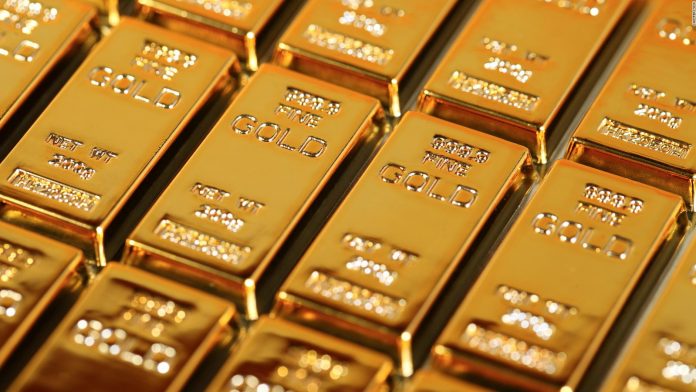Banks that rely on gold loans for a significant portion of their revenues were hurt hard in the first quarter. As a consequence, the bank’s gross non-performing assets (NPAs) increased to 3.50 percent of advances, up from 2.96 percent a year ago, out of the Rs 640 crore in slippages it experienced during the quarter. Although lenders claim the suffering is only temporary, the second quarter is critical for this portfolio to avoid becoming a major source of non-performing assets (NPAs).
High-yield advances on gold jewelry, once the trendiest lending product for banks, have gone bad this year owing to the lockout in the first quarter, which has hampered collections. Slippages have increased for Kerala-based Federal Bank and CSB Bank, as well as big private-sector lenders like ICICI Bank. Although lenders claim the suffering is only temporary, the second quarter is critical for this portfolio to avoid becoming a major source of non-performing assets (NPAs).
Banks that rely on gold loans for a significant portion of their revenues were hurt hard in the first quarter. As a consequence, the bank’s gross non-performing assets (NPAs) increased to 3.50 percent of advances, up from 2.96 percent a year ago, out of the Rs 640 crore in slippages it experienced during the quarter. Similarly, due to an increase in NPAs from the gold loan sector, the gross NPAs of Federal Bank’s smaller rival CSB Bank increased to 4.88 percent in June 2021 from 3.51 percent a year earlier. For the bank, gold loans accounted for Rs 361 crore of the Rs 435 crore in new NPAs during the quarter, including reversal of interest. Gold loans account for 38 percent of the bank’s assets.
Gold loans were a source of pain for even larger lenders, like ICICI, that recorded new slippages worth 6773 crore from its books, with Rs 1123 crore coming from such loans. According to analysts, the surge in delinquencies indicates the difficulties banks have in collecting loans, as well as the cash flow concerns that gold loan borrowers, the majority of whom are micro-businesses, confront. There’s also the impact of the recent drop in gold prices, which has made lending a bit riskier. Gold prices have dropped from a high of Rs 52,827 per 10 grams in August 2020 to Rs 47,640 per gram today.
RBI increased the loan-to-value ratio (LTV) from 75 percent in August to 90 percent as a result of the surge in gold prices. Since April, the LTV has been restored to 75 percent. Gold loans, despite recent difficulties, remain to be a high-performing portfolio that can be grown over time, according to bankers. However, growth will be slower than the bank’s 61 percent increase in the fiscal year that ended in March 2021. In the fiscal year 2021, the banking system had grown by 82 percent. Gold loans, according to bankers, are a profitable product because of their high yields and minimal risk.
Follow and connect with us on Facebook, LinkedIn & Twitter

